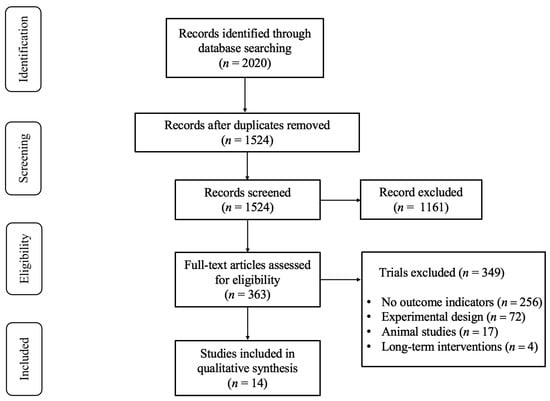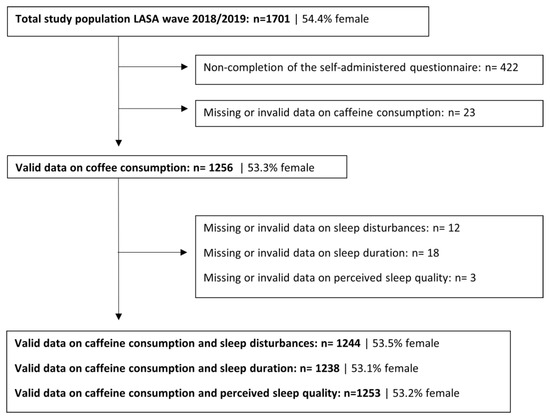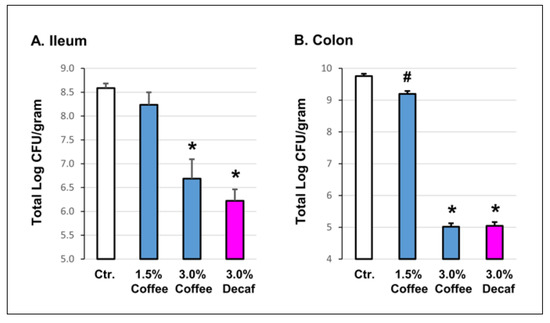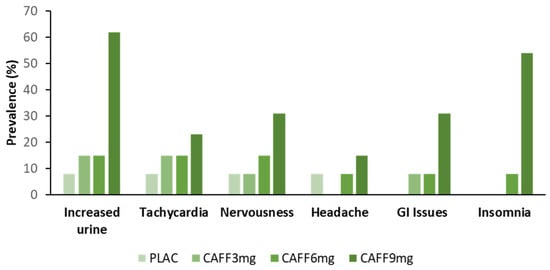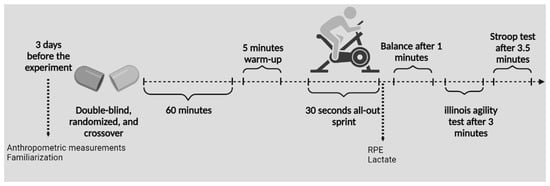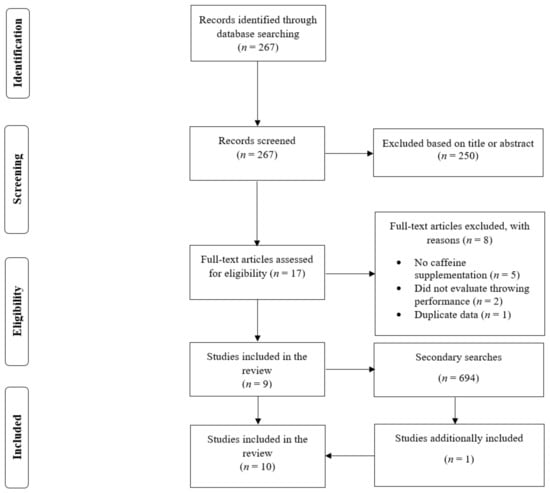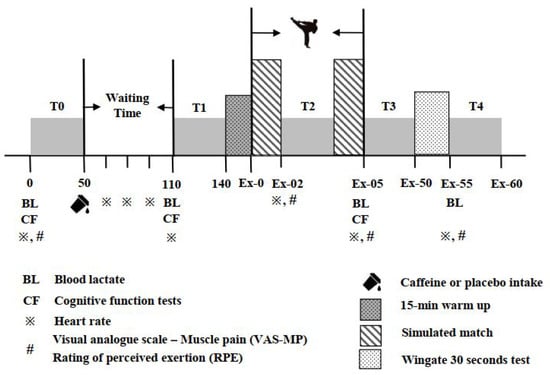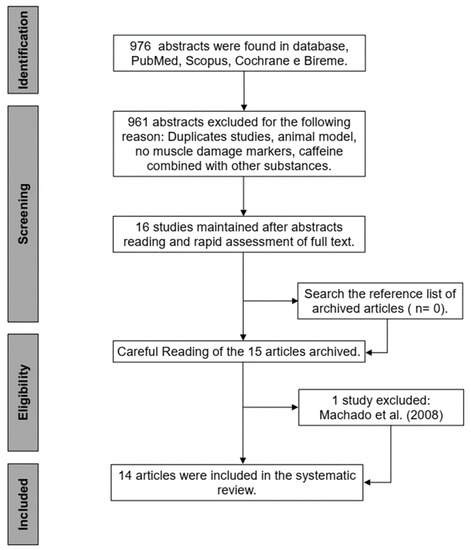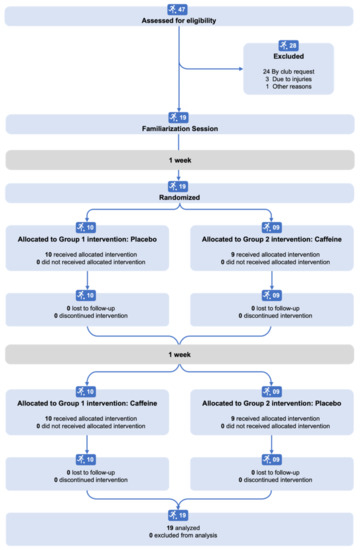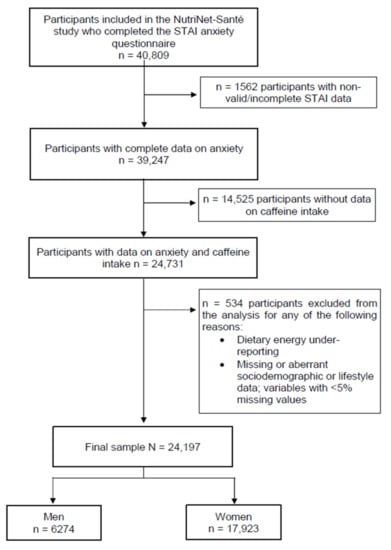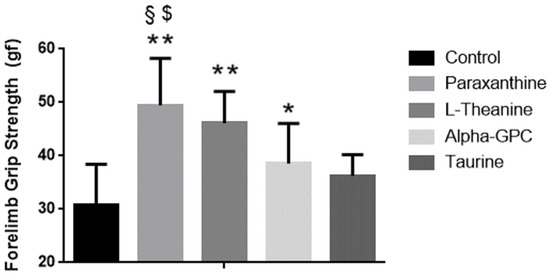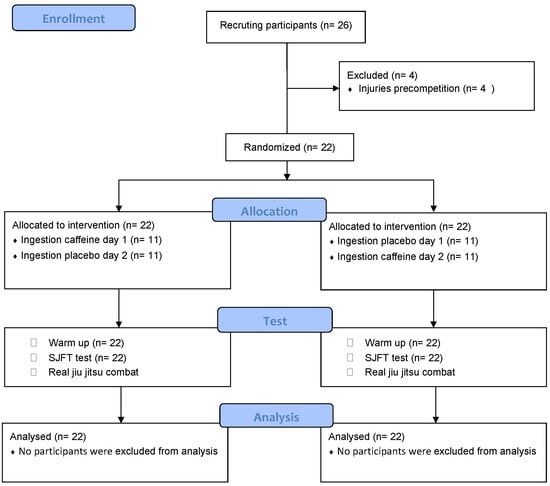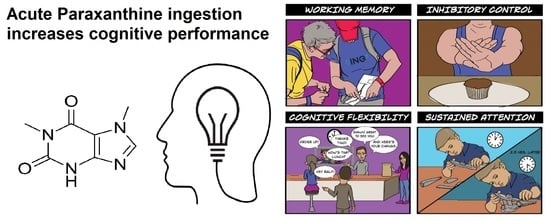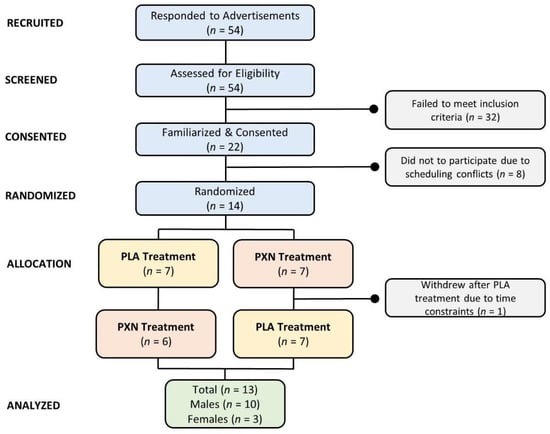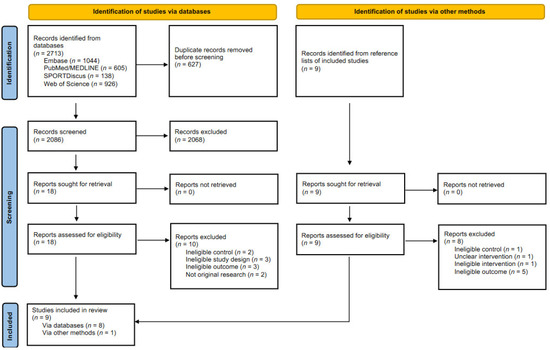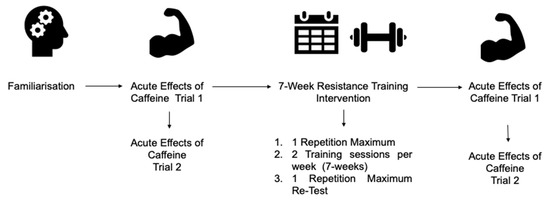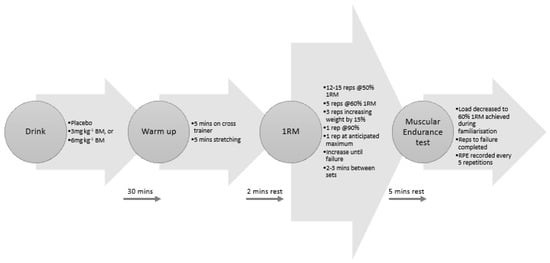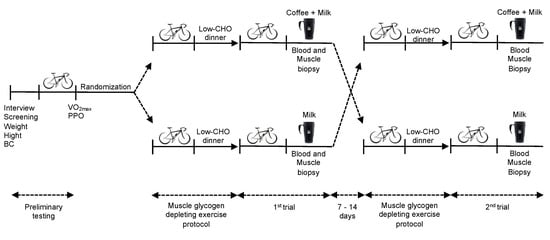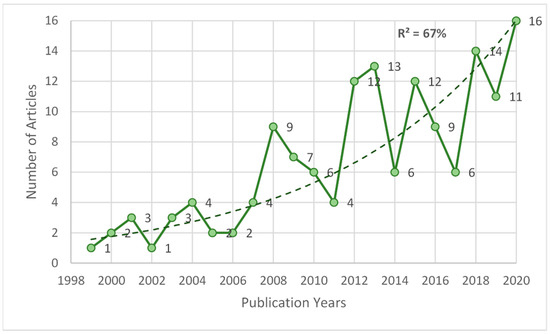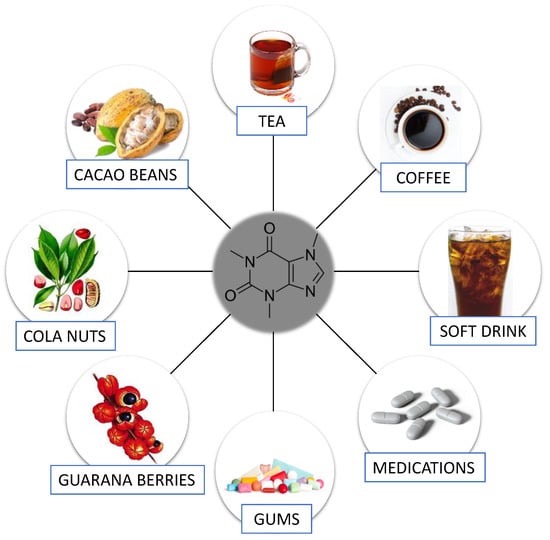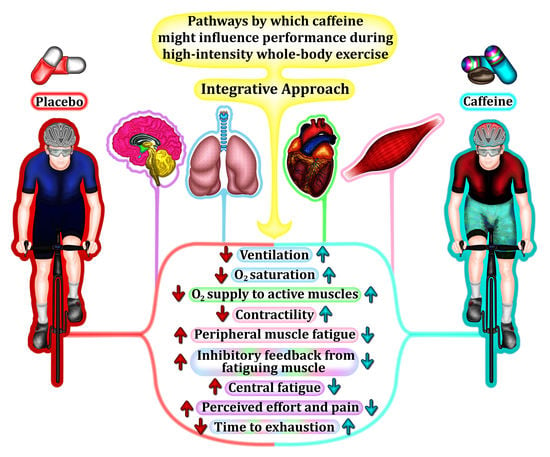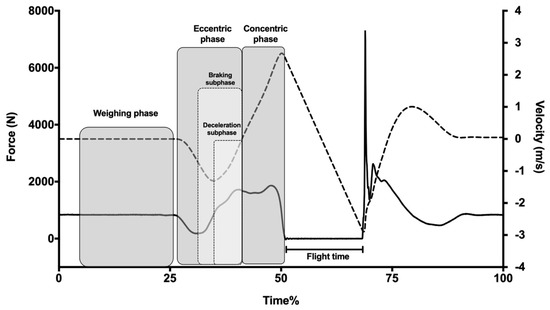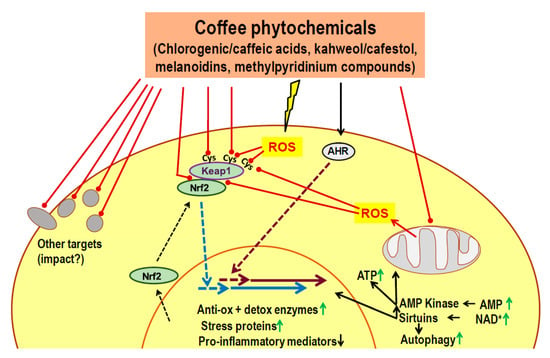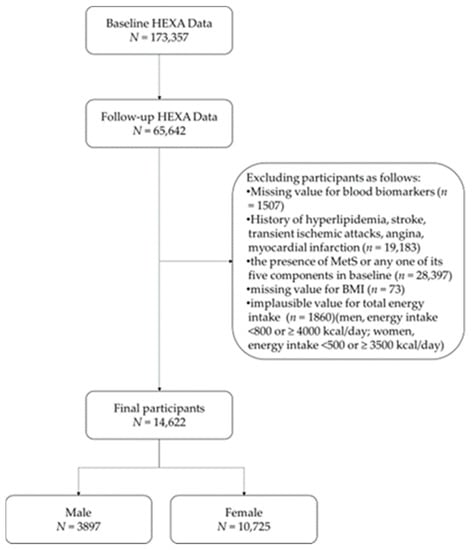Coffee and Caffeine Consumption for Health and Performance
A topical collection in Nutrients (ISSN 2072-6643). This collection belongs to the section "Sports Nutrition".
Viewed by 160832Editors
Interests: skeletal muscle; ergogenic aids; caffeine; ageing
Interests: intermittent exercise; coffee; caffeine; carbohydrate
Special Issues, Collections and Topics in MDPI journals
Topical Collection Information
Dear Colleagues,
Caffeine is consumed daily by approximately 80% of the world’s population, with the benefits of acute ingestion for physical and cognitive performance firmly established. Despite this, there continues to be many unanswered questions, such as optimal dose and timing strategies in order to maximise its ergogenic properties. This Topical Collection aims to produce a body of work that provides novel insight with respect to the effects of acute and chronic caffeine or coffee consumption for health and human performance. To fulfil this purpose, work that considers population-specific effects, has clear potential to inform practice or that challenges common conceptions will be prioritised. Studies focused on performance trials in athletic populations will be considered, but should substantially progress what is already known. We kindly invite submissions of original research articles, systematic reviews, meta-analyses, and opinions and encourage authors to contact the guest editor in advance of preparing an article for submission.
Dr. Jason TallisProf. Neil D. Clarke
Dr. Lucas Guimaraes-Ferreira
Collection Editors
Manuscript Submission Information
Manuscripts should be submitted online at www.mdpi.com by registering and logging in to this website. Once you are registered, click here to go to the submission form. Manuscripts can be submitted until the deadline. All submissions that pass pre-check are peer-reviewed. Accepted papers will be published continuously in the journal (as soon as accepted) and will be listed together on the collection website. Research articles, review articles as well as short communications are invited. For planned papers, a title and short abstract (about 100 words) can be sent to the Editorial Office for announcement on this website.
Submitted manuscripts should not have been published previously, nor be under consideration for publication elsewhere (except conference proceedings papers). All manuscripts are thoroughly refereed through a single-blind peer-review process. A guide for authors and other relevant information for submission of manuscripts is available on the Instructions for Authors page. Nutrients is an international peer-reviewed open access semimonthly journal published by MDPI.
Please visit the Instructions for Authors page before submitting a manuscript. The Article Processing Charge (APC) for publication in this open access journal is 2900 CHF (Swiss Francs). Submitted papers should be well formatted and use good English. Authors may use MDPI's English editing service prior to publication or during author revisions.
Keywords
- caffeine
- performance
- exercise
- health
- cognition
- ergogenic aids
- sport






